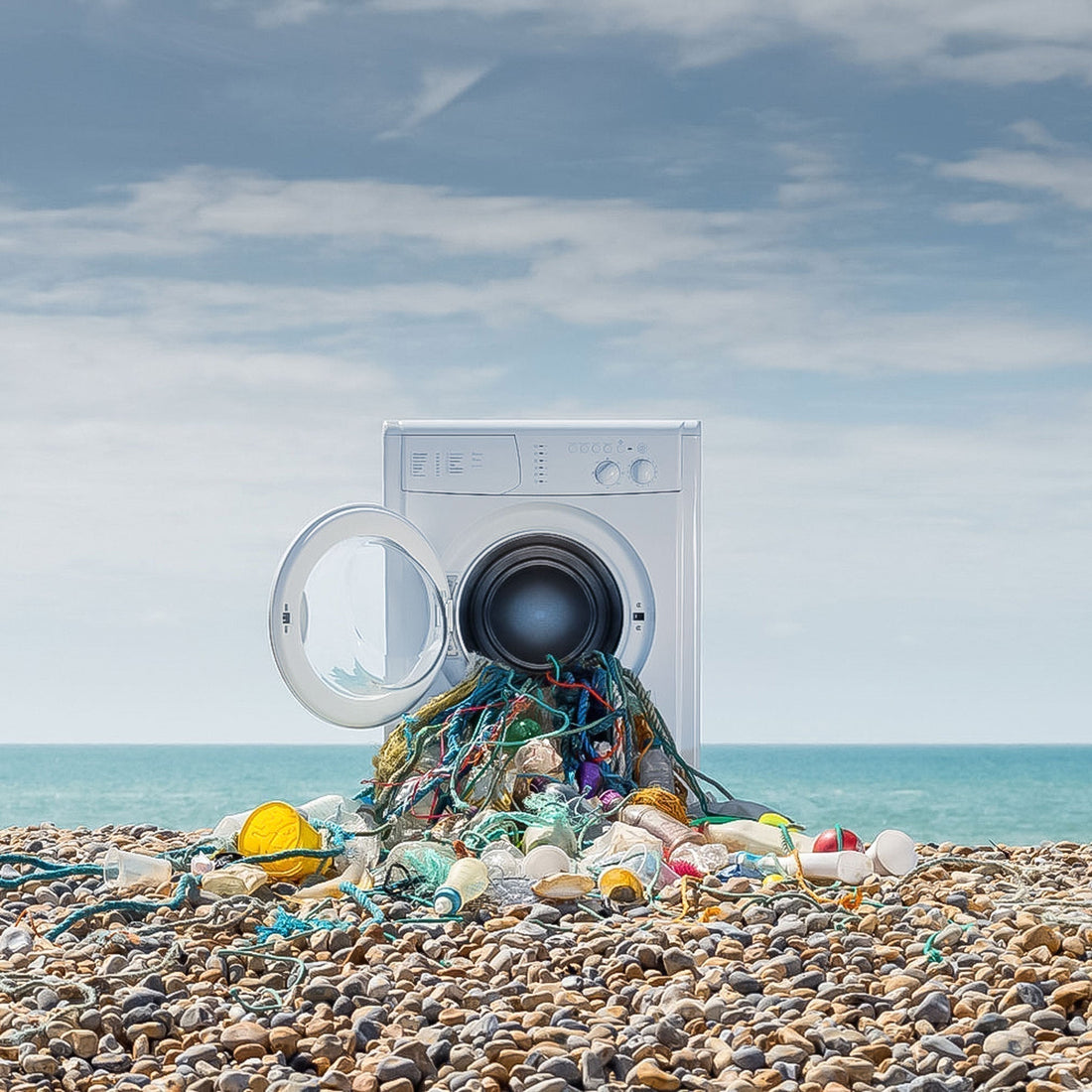Changing Habits Reduces Microplastic Pollution

June 8 is World Oceans Day! 🌊 Did you know that synthetic textiles are the main contributor of microplastics in our oceans?
When we launder polyester, nylon, acrylic or fleece, our washing machines release microplastic fibers into the environment. A 2019 study by Ocean Wise estimated the average household in Canada and the US releases 533 million microfibers into wastewater each year.
That's probably not the news you wanted to hear today, but the purpose of World Oceans Day is to inform the public of the impact of human actions on the ocean! We've all inadvertently contributed to ocean microplastic pollution, so...
Let's focus on some solutions:
1️⃣ Adjust your wash habits
Studies have shown that washing clothes less often, with cold water, in fuller loads and on shorter cycles can reduce microfiber shedding. These are easy ways to reduce your impact straight away!
2️⃣ Install a filter
You can level up by adding an external microfiber filter. We carry an easy-to-install filter from PlanetCare—it's great for home washing machines.
3️⃣ Use an in-drum solution
If you do laundry in a laundromat or shared laundry space, consider using an in-drum microfiber catching device like the Cora Ball or the Guppyfriend washing bag. These can also be used in home washing machines.
--
Scientists have discovered microplastics in human blood, placenta, lung tissue, feces and breast milk. It's important we all do our part to minimize the amount of microplastics entering our water, air and food chains.
For more information, feel free to read this informative document about microfiber pollution released by the Environmental Protection Agency (EPA).
**
Photo by Alex Bamford
